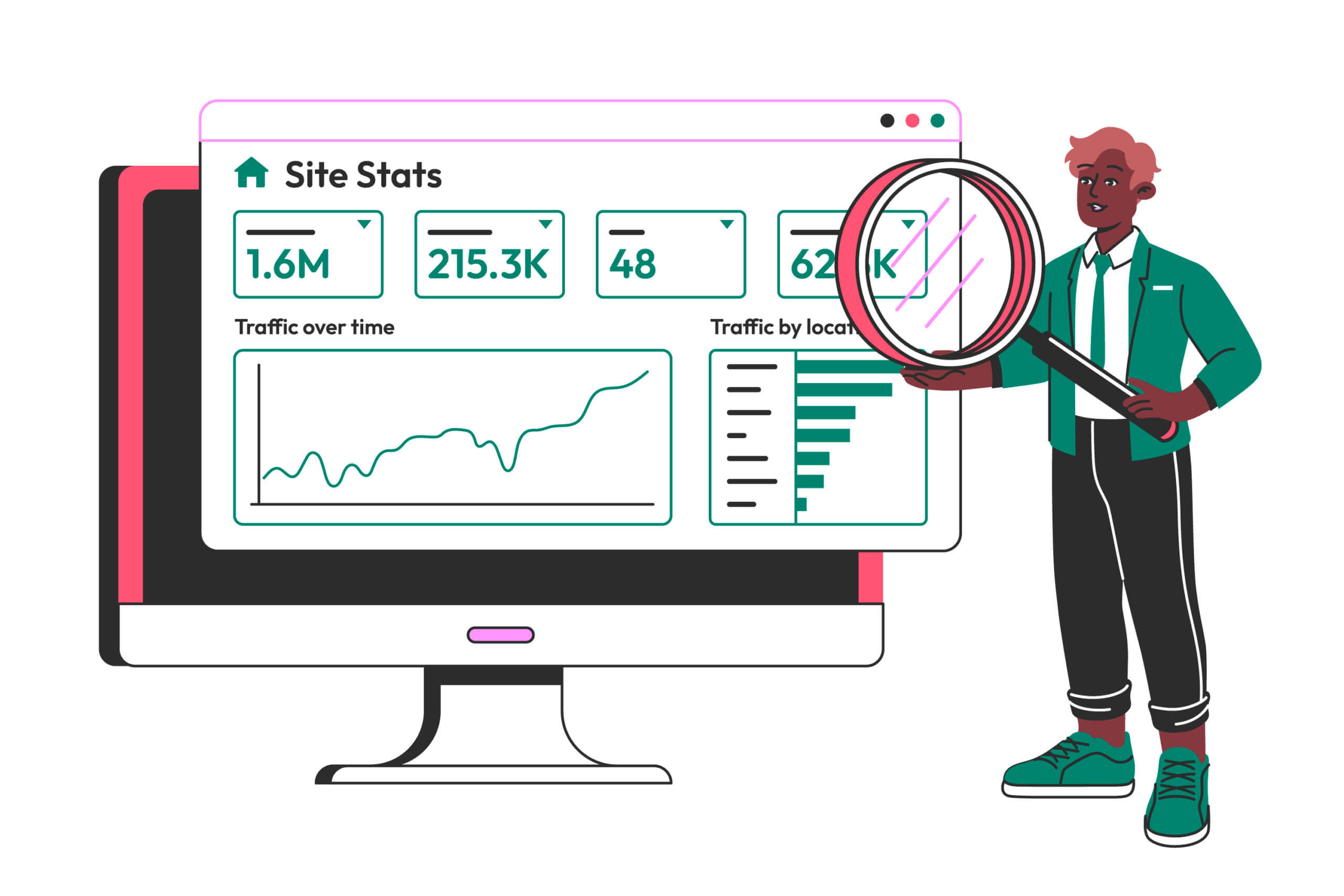
In today’s digital landscape, having a strong online presence is essential for businesses to thrive. One of the key elements of a successful online strategy is search engine optimization (SEO). By optimizing your website for search engine rankings, you can improve its visibility and attract more organic traffic. In this comprehensive guide, we will walk you through the essential steps to optimize your website and outrank your competitors in Google search results.
1. Conduct Thorough Keyword Research
Keyword research forms the foundation of any effective SEO strategy. Start by identifying the primary keywords and phrases that are relevant to your business and target audience. Use keyword research tools like Google Keyword Planner, SEMrush, or Ahrefs to find popular and low-competition keywords.
Once you have a list of keywords, analyze their search volume and competition. Look for long-tail keywords that are more specific and have lower competition. These keywords often lead to higher conversion rates as they attract more targeted traffic.
2. Optimize On-Page Elements
On-page optimization involves optimizing various elements on your website to improve its visibility in search engine results. Here are some key on-page optimization techniques to implement:
- Title Tags: Craft unique and compelling title tags for each page of your website. Include relevant keywords naturally within the title tags to improve their SEO value.
- Meta Descriptions: Write compelling meta descriptions that accurately summarize the content of each page. Although meta descriptions don’t directly impact search rankings, they influence click-through rates from search engine results pages (SERPs).
- Heading Tags: Use heading tags (H1, H2, H3, etc.) to structure your content and make it easier for search engines to understand. Include relevant keywords in your headings to signal the topic and improve visibility.
- URL Structure: Create clean and descriptive URLs that include relevant keywords. Short, concise, and user-friendly URLs are preferred by search engines and users alike.
- Keyword Placement: Strategically place your target keywords throughout your content, including in the first paragraph, headings, and subheadings. However, avoid keyword stuffing, as it can lead to penalties from search engines.
3. Publish High-Quality and Relevant Content
Content is the backbone of any successful SEO campaign. To outrank your competitors, create high-quality, relevant, and comprehensive content that provides value to your target audience. Follow these best practices for content creation:
- Keyword Optimization: Incorporate your target keywords naturally throughout your content. Focus on providing valuable information and solving your audience’s problems.
- Unique and Engaging Content: Make sure your content is unique and stands out from the competition. Use engaging headlines, subheadings, and bullet points to enhance readability and user experience.
- Long-Form Content: In-depth, long-form content tends to perform better in search engine rankings. Aim for comprehensive articles that cover a topic from various angles.
- Multimedia Elements: Include relevant images, videos, infographics, and other multimedia elements to make your content more visually appealing and engaging.
- Internal and External Linking: Incorporate internal links to other relevant pages on your website to improve navigation and encourage users to explore further. Additionally, include external links to authoritative sources that support your claims and provide additional value to your readers.
4. Optimize Website Performance
Website performance plays a crucial role in search engine rankings. Here are some optimization techniques to enhance your website’s performance:
- Page Loading Speed: Optimize your website’s loading speed by minimizing file sizes, leveraging browser caching, and using content delivery networks (CDNs).
- Mobile-Friendliness: With the increasing use of mobile devices, having a mobile-friendly website is crucial. Ensure your website is responsive and provides an optimal user experience across different devices.
- Site Structure: Create a clear and logical site structure with a well-organized hierarchy. Make it easy for users and search engines to navigate through your website.
- Technical SEO: Pay attention to technical aspects like XML sitemaps, robots.txt, canonical tags, and schema markup. These elements help search engines understand your website’s structure and content better.
5. Earn High-Quality Backlinks
Backlinks are an essential component of off-page SEO. They signal to search engines that your website is trusted and authoritative. Here are some strategies to earn high-quality backlinks:
- Guest Blogging: Write informative and relevant guest posts for reputable websites in your industry. Include a link back to your website within the author bio or content, where appropriate.
- Content Promotion: Share your content on social media platforms, relevant forums, and industry-specific communities. Encourage others to link back to your content if they find it valuable.
- Influencer Outreach: Connect with influencers and thought leaders in your industry. Collaborate on content creation and encourage them to share your content with their followers.
- Broken Link Building: Find broken links on authoritative websites and offer your content as a replacement. This strategy provides value to website owners while earning you valuable backlinks.
Conclusion
By implementing the strategies outlined in this guide, you can optimize your website for search engine rankings and outrank your competitors. Remember, SEO is an ongoing process, so regularly monitor your website’s performance, make necessary adjustments, and stay updated with the latest industry trends. With consistent effort and a well-executed SEO strategy, you can improve your website’s visibility, attract more organic traffic, and ultimately grow your online presence.

















